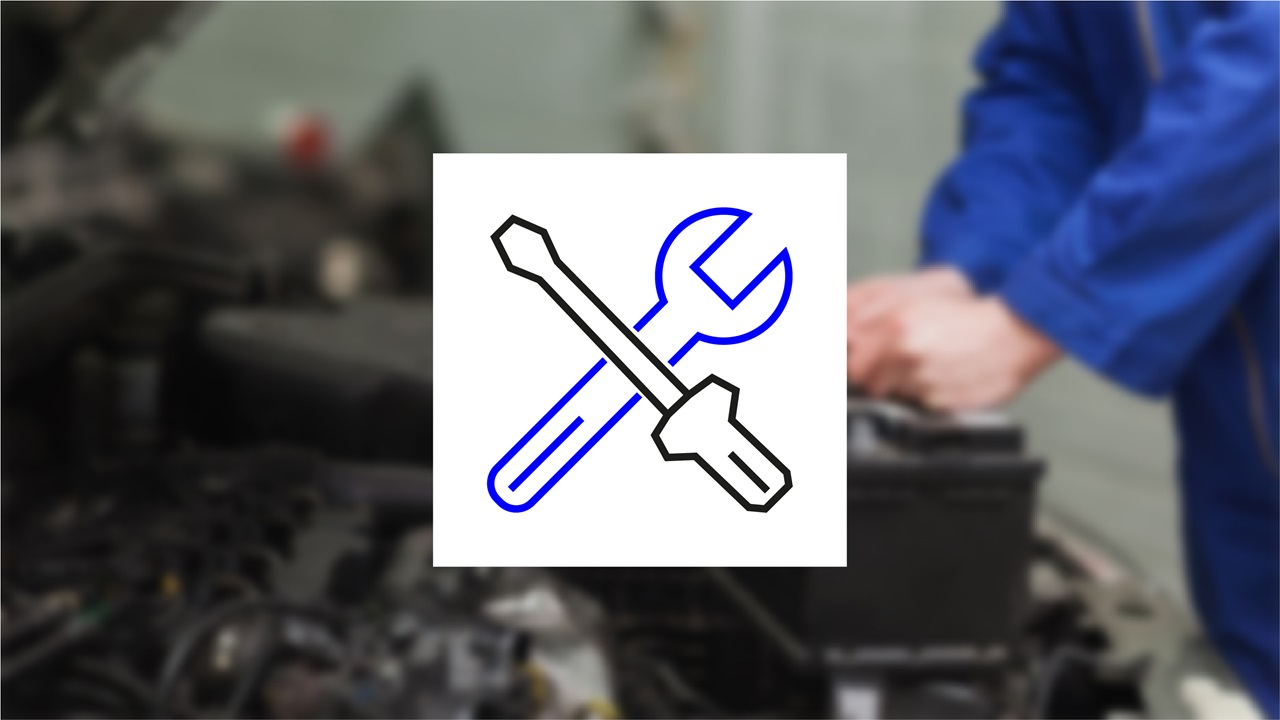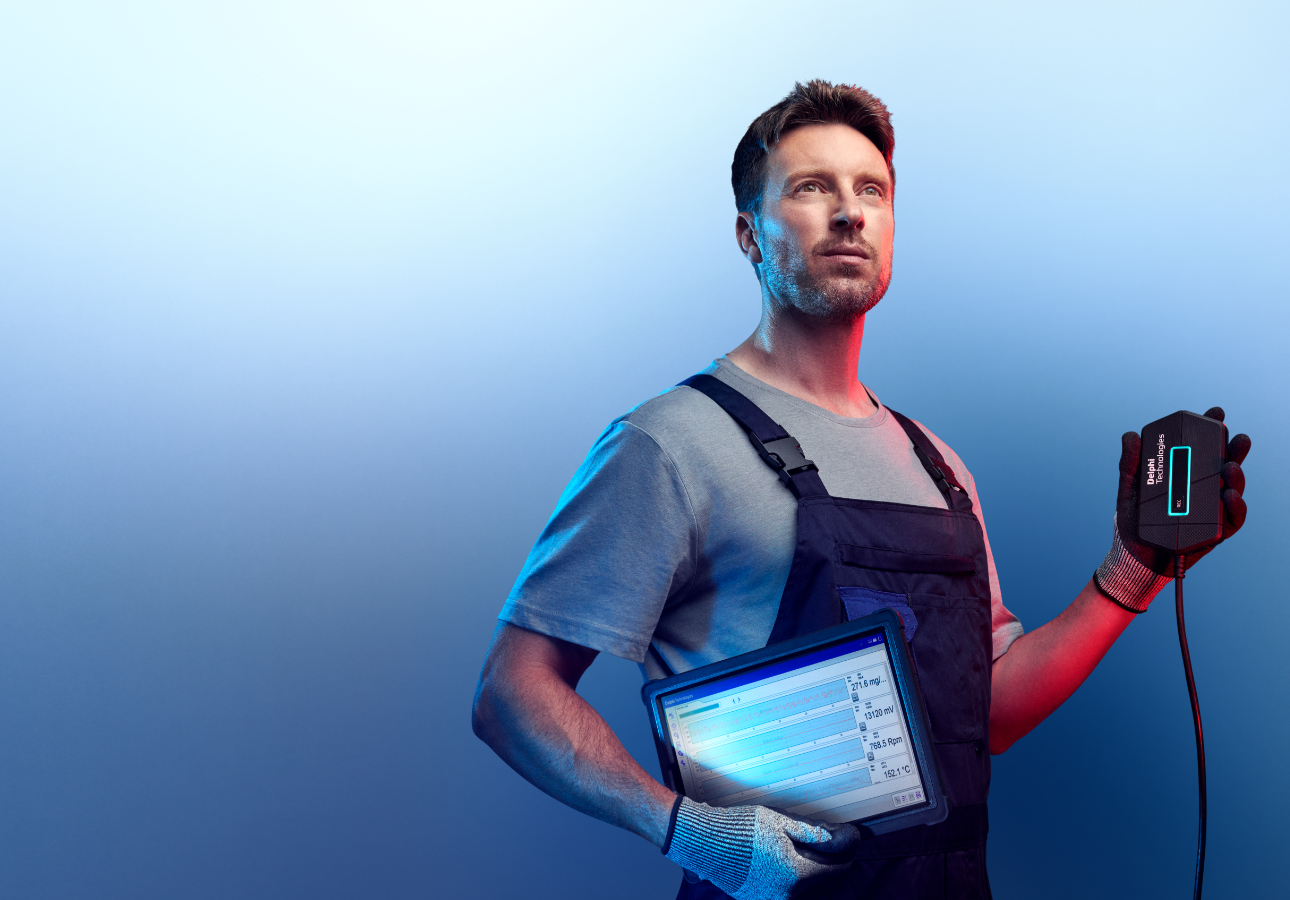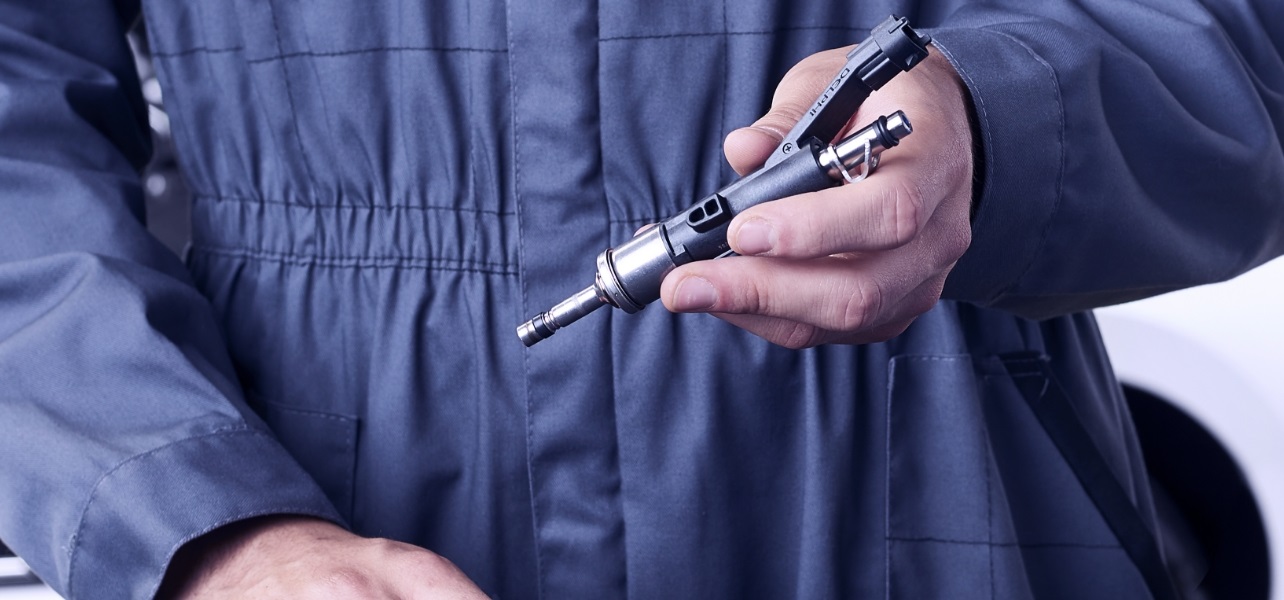Resource Highlights
There are several reasons why you may need to remove your fuel tank. You may simply need to remove it to replace the fuel pump. In other cases, though, the tank itself may be damaged or leaking and needs to be replaced. We’ll show you how to safely and easily do just that.

There are several reasons why you may need to remove your fuel tank. You may simply need to remove it to replace the fuel pump. In other cases, though, the tank itself may be damaged or leaking and needs to be replaced. We’ll show you how to safely and easily do just that.
We always put safety first, and this procedure is no exception. You’ve got to be thorough and careful. Don’t forget to wear safety glasses and gloves. Give yourself room to work and have cleanup materials ready to clean any spills immediately. Work in a well-ventilated area away from an open flame or anything that could cause a spark or ignite fuel, such as pilot lights and incandescent light bulbs. Make sure you have a fire extinguisher on hand. Don’t smoke, either. Always relieve fuel pressure prior to opening fuel systems because releasing fuel under pressure can cause fire and injury. Store fuel in an approved container like a gas caddy or gas can.
And here’s one more tip before you get started — if you’re going to remove the tank to gain access to the fuel pump, first make sure there’s no access panel located on the vehicle that will allow you to gain access to the pump without removing the tank.
- To get started, you’ll need to carefully remove the fuel from the tank. Do this by syphoning the fuel out and storing it in an approved container.
- Once all of the fuel is removed from the tank, it’s time to disconnect the hoses and electrical connectors.
- There are probably multiple hoses on your tank: supply lines, return lines, and vent hoses. Just make sure they’re all disconnected. Once the fuel lines are disconnected you can then disconnect the electrical connector, or connectors if you have more than one.
- Now you’re ready to remove the metal straps that have been holding the tank to the vehicle. Loosen the nuts or bolts and be ready for the tank to drop down. Make sure you support the tank so that it doesn’t fall when the last strap is removed.
- To install the tank, you just reverse your steps — you tighten the straps, and reconnect the hoses and electrical connectors. Don’t forget to put the gas back in, too.
And there’s your process for tank removal and replacement. As long as you follow safety precautions and check on an access panel, you’ll be good to go.
SIGN UP TO FIND MORE
Fill up your details to hear more from our experts and get the latest updates from Delphi.



